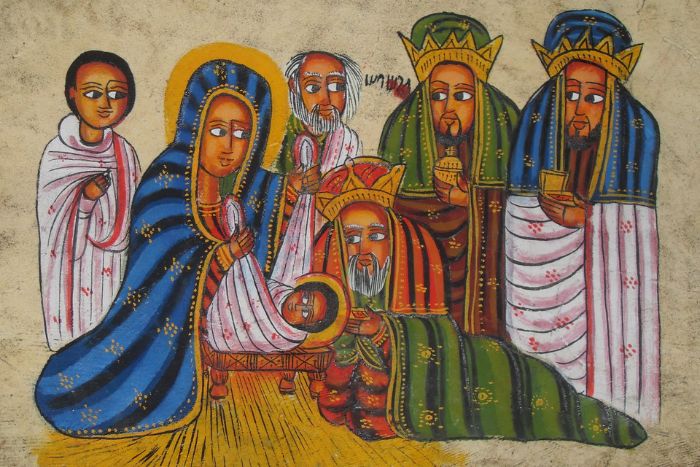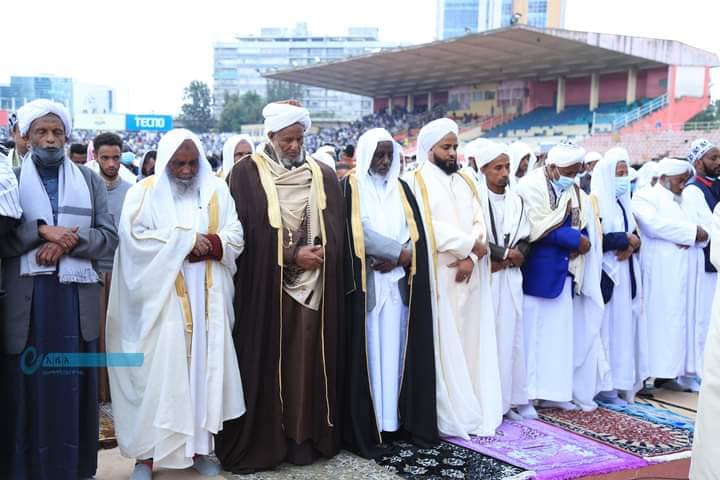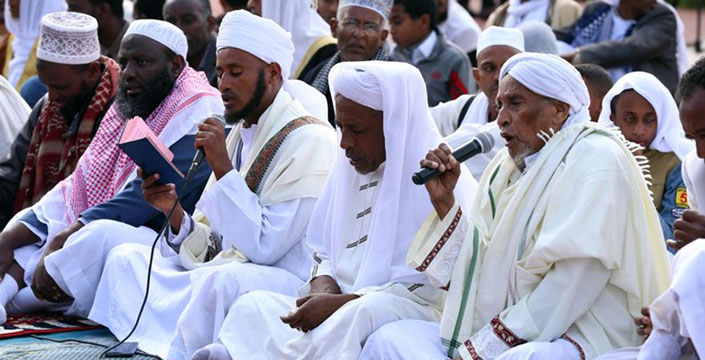The Aksumite Empire, which existed from about 100 to 940 AD and had its height about 1st century AD, was a place of commerce and participated in trade contacts between the Roman Empire and ancient India.
By 300 BCE, the Kingdom of Axum was born—a rich trading nation with a foot on both sides of the Red Sea, routes to Egypt both inland and by the Red Sea, and trails to the south, where valuable commodities could be obtained. Axum's obelisk- a false door. Image credit: jammingglobal.com The Axumites spoke a Semitic language similar to the liturgical language of Ge'ez, which they originally wrote in a Sabaean script; they worshipped many gods with Sabaean names, also identified with Greek gods, and they minted coins. "
In her book Ethiopia - Culture Smart: The Essential Guide to Customs & Culture, Sarah Howard writes:
"...Signs of the first civilization in the area appeared halfway through the first millennium BCE. The stone palaces and buildings at Yeha, twenty miles north of Axum, along with numerous other sites,"









